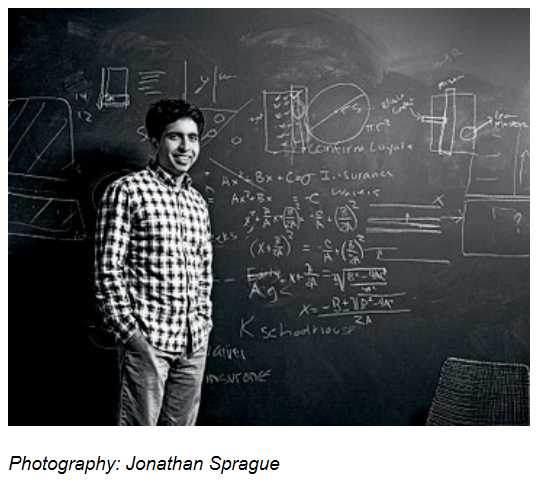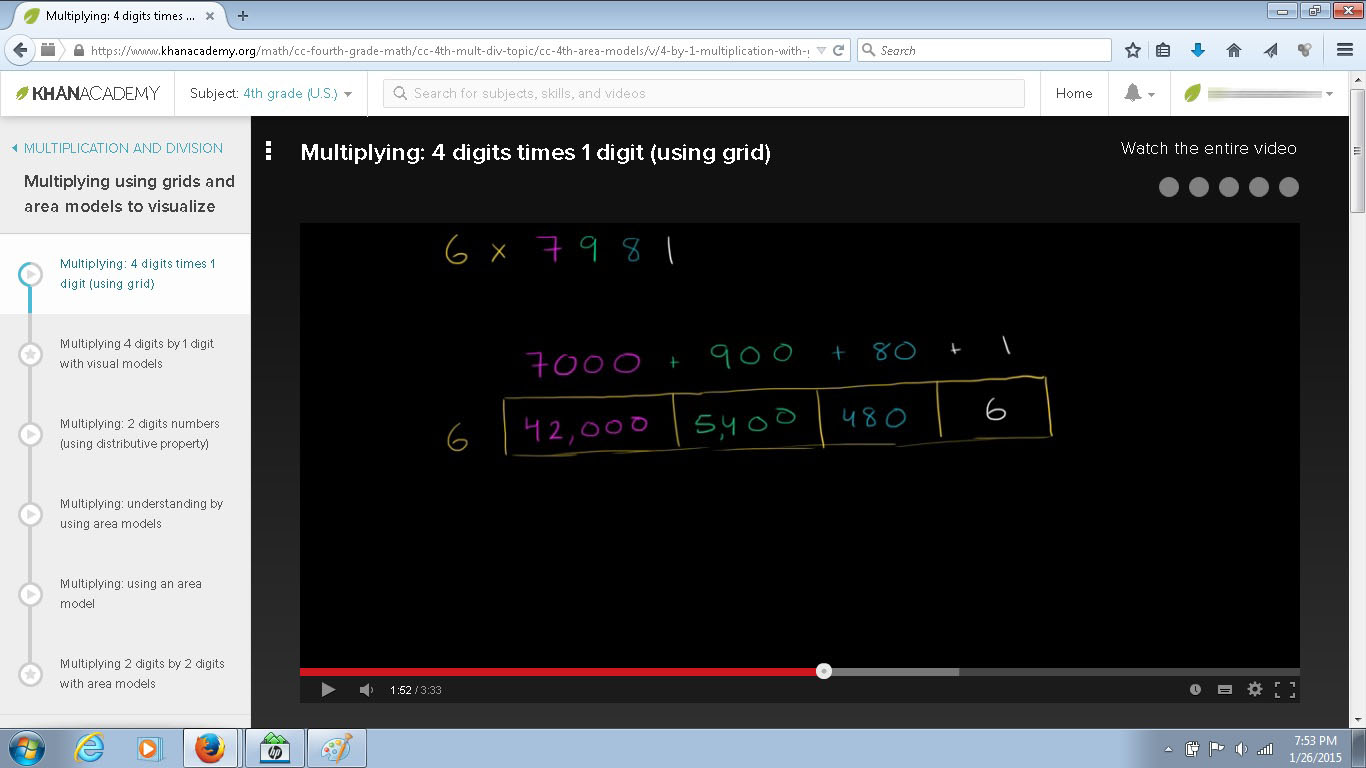Yes, we Khan! : Learn anything with Khan Academy
Disclosure: This post may contain affiliate links. When you buy through links on my site, I may earn a small commission. Thank you for your support.
An educational revolution is afoot, and leading the charge towards “free world-class education for all, for life” is the non-profit educational organization Khan Academy. Khan Academy is a a free online resource with over 4000 video lectures about math topics ranging from basic arithmetic to differential equations. In addition to math, there are instructional videos covering science, economics and finance, arts and humanities, computing, and test preparation for tests like SAT and GMAT. Interactive exercises provide immediate feedback, and students earn points and badges as rewards for completing levels or challenges.
What started as a handful of youtube videos created by founder Salman Khan, who holds multiple degrees from the Massachusetts Institute of Technology and Harvard University, to remotely tutor a younger cousin in math has grown into a global initiative aimed at making world-class education freely accessible to anyone with an Internet-connected device. In his compelling 2011 TED Conference talk, Khan urged teachers to consider “flipping” or reversing the traditional classroom model by having students watch video lessons at home and doing “homework” in the classroom where the teacher is available to help. Using Khan Academy’s online tutorials, students can review parts they find difficult or advance to new concepts when they are ready. Students work on interactive exercises that chart progress and point out weaknesses. The teacher can log online and know what videos her students have watched, how they fared in online exercises, who are struggling and in what areas they might need more help. In the classroom, the teacher will have more time to give one-on-one attention because the lecture has been viewed at home before the class begins.
It’s a revolutionary idea that has earned lavish praise (and donations) from prominent supporters like Bill Gates and Google. A growing number schools are using Khan Academy’s videos to supplement classroom instruction, while some have implemented the “flipping the classroom” model altogether. KhanAcademy.org has been used by over 6 million unique visitors and its videos have been viewed more than 200 million times. The nonprofit has recently updated its iPad app and now includes over 150,000 exercises with instant feedback. My son especially loves the app’s scratchpad, which allows him to write his answers directly on the iPad.
The idea of using online technology in education isn’t new, but what Khan Academy does very well is add meaningful interactivity to self-paced learning and enable teachers to customize classroom instruction. Khan Academy’s videos are simple and concise. Khan’s disembodied voice explains a concept or process while his unseen hand writes on a digital blackboard. There are no eye-catching animation or perky sound effects, an advantage for those who are easily distracted by unnecessary bells and whistles. The interactive exercises provide immediate feedback and step-by-step hints for solving them. I have never used Khan’s videos directly to tutor my son, but I’ve picked up helpful hints and strategies on how to explain several math concepts. For instance, using the number line along with the pie model to explain fractions, or demonstrating multiplication using grids, place value understanding, and lattice method, in addition to the traditional algorithmic approach.

Not everyone is a fan of Khan. Critics, already bemoaning the current generation’s obsession with their gadgets, worry that it would encourage students to spend more time in front of a computer screen. There is also the question of cost. Internet-enabled devices and broadband connection remain beyond the economic reach of a large percentage of the world’s population. While Khan himself has emphasized that his videos are not meant to replace live hands-on teaching, some quarters claim the model undermines the indispensable role the teacher plays in the classroom. Some educators have taken to questioning Khan’s lack of teaching experience, while others have called out some of his videos for alleged conceptual or procedural errors.
In the Philippines, where the digital divide remains deep and wide, adopting the Khan Academy model will require substantial capitalization to equip public schools with devices and connect to the Internet. I’ve heard that some private schools are already using Khan Academy to some degree. Will the educational policymakers and corporate social responsibility touters unite to wire all public classrooms in the Philippines in order to really make quality, meaningful education available to all? Now that would be truly revolutionary!











